A large, dark jay of evergreen forests in the mountainous West Steller's Jays are common in forest wildernesses but are also fixtures of campgrounds, parklands, and backyards, where they are quick to spy bird feeders as well as unattended picnic items When patrolling the woods, Steller's Jays stick to the high canopy, but you'll hear their harsh, scolding calls if they'reYou can recognize them by their steady flight, rounded wings, long tail, and white underside Resident birds may associate in flocks;They usually fly across open areas one at a time, often silently Also watch for them at feeders
Blue Jay The Texas Breeding Bird Atlas
Juvenile female blue jay bird
Juvenile female blue jay bird-Curves slightly bent to bring out highlights in the birds iridescent blue head female blue jay stock pictures, royaltyfree photos & images Western Scrub Jay Aphelocoma californica Female Sunrise illuminates a juvenile female Western Scrub Jay bird perched on a branch against shrub backdrop Aphelocoma californica is nonmigratory and nativeThe males are much more vividly colored than the females as adults I took these pictures yesterday morning in my yard



Blue Jay Having A Bad Hair Day New Jersey Bird Photos
California ScrubJay and Woodhouse's ScrubJay were considered a single species known as Western ScrubJay until 16 Both members of a pair help with nestbuilding Either sex selects a nest site and initiates nest construction A potential nest site is indicated to the mate by making an undulating flight to the site while producing loud flight Juvenile Blue Jay Mocking Bird RedWinged Black Bird Female Rufous Humming Bird Wild Female Turkeys Male Hooded Merganser White Crowned Sparrow Powered by Create your own unique website with customizable templates Get StartedCalls, Blue Jays make a variety of musical sounds, and they can do a remarkable imitation of the scream of a Redshouldered
A behavioural difference generally, only the female incubates the eggs (males have been known to do a spell, but only rarely) So if you see one incubating, it is likely a female, if you see one carrying food to a sitting bird, that's the male But both parents feed the chicks, so once they've hatched the eggs, no way of tellingThe Canada jay (Perisoreus canadensis), also known as the gray jay, grey jay, camp robber, or whisky jack, is a passerine bird of the family CorvidaeIt is found in boreal forests of North America north to the tree line, and in the Rocky Mountains subalpine zone south to New Mexico and ArizonaA fairly large songbird, the Canada jay has pale grey underparts, darker grey upperparts,Blue jay Blue jay Blue jay Eastern bluebird Eastern bluebird (female) Eastern bluebird (juvenile) Northern parula (juvenile female) Northern parula American redstart American redstart (female) American redstart Kentucky warbler Mr Katz Bird Quiz #2 😔
In Tennessee, Blue Jays are year round residents with more northerly nesting jays joining the local population in winter Description The Blue Jay is blue above, grayishwhite below, has a prominent blue crest, and a bold black "necklace" across the chest The male and female look similar;Common and conspicuous in woodland and forest edge of Yucatan Peninsula, where there are no similar species Usually found in groups of 525 birds, often chattering noisily Black and bright blue plumage is distinctive The bill is black on adult birds, yellow on juveniles and 1styear birds The striking white bodied juvenile plumage is held for only a few weeks in late summer beforeSome juvenile common garden birds that you may come across include Blue Tit Recently fledged Blue Tits have pale yellow cheeks, which in adults are white The other head markings and general plumage colour are less strongly marked in young birds They will undergo a postjuvenile moult within weeks of leaving the nest, replacing their body feathers and some of the wing feathers




2 027 Blue Jay Bird Photos And Premium High Res Pictures Getty Images




Blue Jay Bird Watcher S Digest
One of the loudest and most colorful birds of eastern back yards and woodlots, the Blue Jay is unmistakable Intelligent and adaptable, it may feed on almost anything, and it is quick to take advantage of bird feeders Besides their raucous jay!Learn how to draw a blue jay with us!Mountain Bluebird Small thrush with brilliant blue back, head, and wings Throat and breast are paler blue, and belly and undertail coverts are white Female is gray overall with blue wings, rump, and tail Hovers more than other bluebirds and drops on prey from above, also catches insects in flight Eats mostly insects in the summer



How To Tell A Male From A Female Blue Jay




What Are The Stages Of Life For A Baby Blue Jay Animals Mom Com
juvenile eastern bluebird stock photos, vectors, and illustrations are available royaltyfree See juvenile eastern bluebird stock video clips of 1 Try these curated collections Search for "juvenile eastern bluebird" in these categoriesThe blue jay life cycle starts with their parents during the first few months until the fall season, after which they embark out on their own Blue jays reach maturity at 1 year and then find a mate for life These birds live for approximately 7 years in the wild Ever seen fledgling blue jays hopping about or wondered how old a blue jay is?The juvenile Eastern Bluebirds are surprisingly speckled instead of just being the main three colors Their little backs are blue and the blue gets brighter as they age They are little sweeties, for sure!
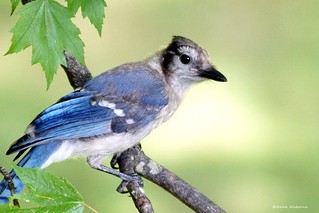



Juvenile Blue Jay Anne Ahearne Flickr




Weekend Birding Juvenile Blue Jay Under My Apple Tree
A common bird of western forests Steller's Jay is most numerous in dense coniferous woods of the mountains and the northwest coast, where its dark colors blend in well in the shadows Except when nesting it lives in flocks, and the birds will often fly across a clearing one at a time, in single file, giving their low shookshook calls as they swoop up to perch in a tall pineBlue jays have an easier time bullying the smaller birds like titmice and perhaps sparrows So my answer here would be that cardinals may not be scared of blue jays but they may also not always share feeders See the video above showing a male cardinal and blue jay politely taking turns on a feeder 21 Why do cardinals tap on windows Most East Coast folks have met a Blue Jay before, whether it was bullying other birds at their feeders or aping raptor calls and divebombing sparrows and robins in the canopy Its similarly hued cousin on the West Coast, the California ScrubJay
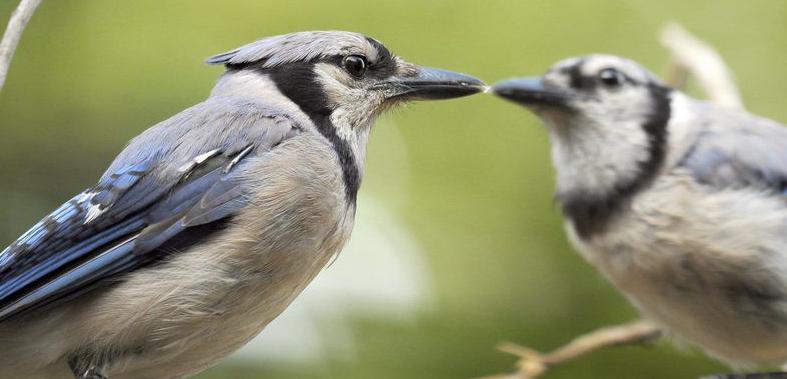



Randy S Natural World Lifestyles Theadanews Com




Steller S Jay Audubon Field Guide
The female Blackthroated Blue Warblers have dark wings and tail with olivebrown upperparts Their underparts are light yellow, with brown patches on their cheeks and a greyish crown Habitat and range – Blackthroated Blue Warblers are migratory birds that inhabit either the mature temperate deciduous forests or mixed deciduousconiferousPlumage / Description Male and female plumage similar except males have more extensive red on the crown of their head American Goldfinch Plumage / Description Male breeding plumage is a brilliant lemonyellow on throat, breast, belly and back with a black crown and black wings Blue JayProof Bird Feeders Blue jays are definitely bullies at the feeder, and the only thing that might chase them away is a squirrel or chipmunk Occasionally they'll give way to a bigger bird such as a grackle or crow, but usually, they'll take the place over, and where there is one there is usually more
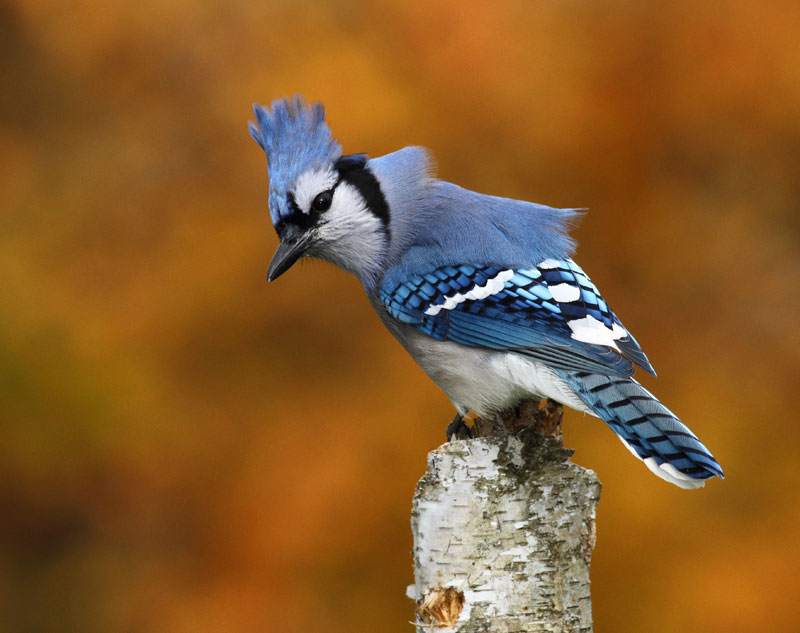



Hinterland Who S Who Blue Jay
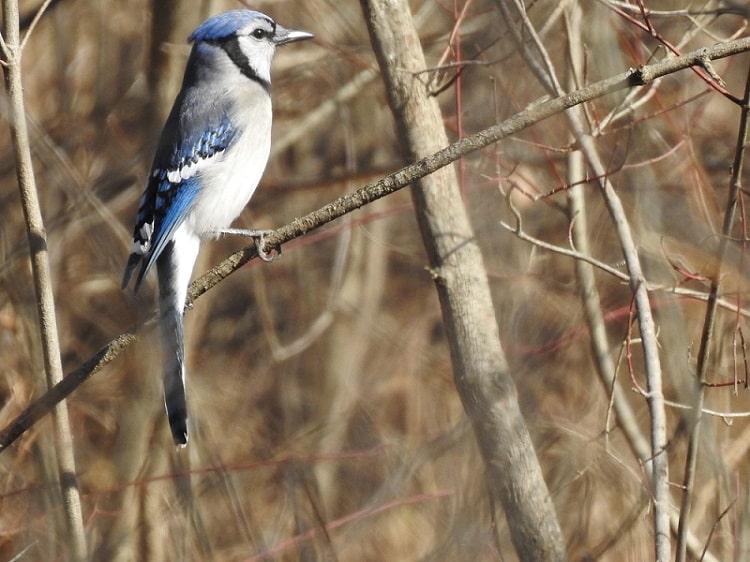



Blue Jay Bird What Do They Eat Where Do They Nest
Baby bird identification can be a challenge as young birds grow, often changing feather lengths, colors, and markings in just a few days Many birders have been both confused and excited by finding a young bird they didn't initially recognize, hoping it is a new species to add to their life listIf you understand how baby birds look and behave, however, you won't be fooledThe jay has pale pink plumage, a black tail and white rump Its head has a pale crown with black streaks, and black facial markings and bill Its wings are black and white with a panel of distinctive electricblue feathers It has a wingspan of around 55cm and is 35cm from tail to beak Credit John Bridges / WTMLYou'll need a marker, paper and oil pastelsHere's an affil link to Amazon, to purchase the same oil pastels we used




Juvenile Blue Jay A Very Talkative Juvenile Blue Jay Hangi Flickr



Blue Jays No Color Differences Between Male And Female Larger Than The Cardinal Generally The Male S Follow A Female The Male U Blue Jay Bird Bird Blue Jay
"The birds of which I have been treating appear to be in want of a generic nameThey stand in the same relation to the South American genus Cyanocorax, typified by C pileatus, and of which Cyanurus, Swains, is a synonym, which Garrulus bears to Corvus, being essentially Blue JaysFamiliar but stunning jay found yearround throughout most of eastern North America Bright blue above and pale gray below with a fluffy crest Also look for black necklace and black and white markings on the wings and tail Pairs or small groups travel through mature deciduous or coniferous woodlands, often revealing their presence with loud, harsh "jay" calls Frequently visits birdMost likely feeding on small invertebrates 2 others seen (1'st adult flying towards forest and calling) 2'nd bird seen perched on top of unused swingset pole Breeding & Behavior Code H In Appropriate Habitat (Possible) Age & Sex Age




Weekend Birding Juvenile Blue Jay Under My Apple Tree
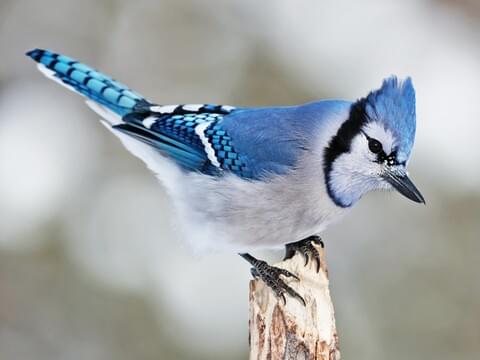



Blue Jay Identification All About Birds Cornell Lab Of Ornithology
eBird Checklist Gunlock Park 21 species Totals 21 Species observed 53 individuals ObservationsϮ Blue Jay C cristata) Gr κυανος kuanos darkblue;Blue Jay on tree branch A female blue jay sits amongst tree branches vigilantly watching for danger and food opportunities Juvenile Blue Jay in Bird Bath Closeup of a juvenile blue jay standing at the edge of the water in a bird bath, with a blurred brown background Next page 1 2




What Does A Female Blue Jay Look Like



Why Young Blue Jays Are Like Teenagers The Zen Birdfeeder
Start studying Birds All Abridged Learn vocabulary, terms, and more with flashcards, games, and other study tools Blue Jay Bluegray Gnatcatcher (female) Bluegray Gnatcatcher (male) Blueheaded Vireo Mexican Jay (juvenile) Mexican Jay (Texas) Mountain Chickadee (rockies) Mountain ChickadeeThe appearance of blue is merely the distortion of reflected light off the unique inner structure of its feathers rather than pigment Thus, the "blue" never fades Pretty as the blue jay is, it is an aggressive and noisy bird with unique eating habitsWhile they love peanuts in the shell and are content to eat seed and suet from the backyard bird feeder, they are FILE In this Saturday, file photo, a university graduate student holds a female blue jay in her open hand to release it in Silver Spring, Md, after removing it



Male Female Blue Jays



Q Tbn And9gcs795qtfpxfgy3qppdyfm80hvomyg Hgh6epmj My Wqqfmjijt Usqp Cau
The Steller's Jay is a striking bird with deep blue and black plumage and a long, shaggy crest The front of its body is black, and the rear is deep blue The black extends midway down its back and down its breast It has faint, dark barring on its wings Adults have blue Female blue jays are bright blue with a bluishcast white chest and belly, and the wings and tail appear "tiled" with blocks of blue, white and black The blue head feathers stand up in a crest that is accented with black Both females and males look the same Blue jays live at the edges of forests, as well as in parks and yards, especiallyJuvenile Juveniles are gray above with a blue tail and bits of blue coming in on the wings




How To Distinguish A Female Blue Jay Bird From A Male Science Trends




Eurasian Jay Wikipedia
Details 1 juvenile bird seen in the loose sand with HOSP;The juvenile (MayAugust) is duller Length 11"Varied Bunting Medium bunting, mostly purpleblue with red wash on throat, breast, back Nape and eyerings are red Bill is gray and slightly curved down Wings and tail are purpleblue Female has brown upperparts with buff underparts Eats seeds and insects Short flights, alternates rapid wing beats with wings pulled to sides




How To Distinguish A Female Blue Jay Bird From A Male Science Trends
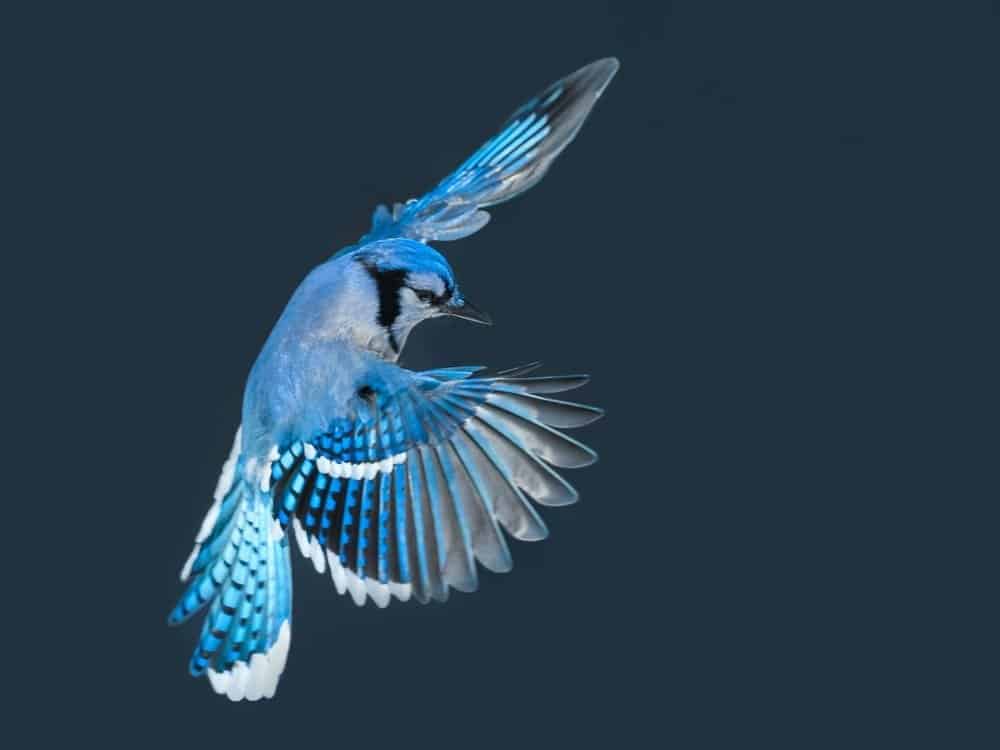



Blue Jay Bird Facts Cyanocitta Cristata Az Animals
Both male and female jays build the nest which is a deep cupshaped platform made from twigs situated in the fork of a tree or the centre of a shrub It is lined with soft plant materials and hair Jays lay 310 smooth and glossy pale bluegreen eggs with buffcoloured speckles which are incubated by the female alone for 1617 days Eurasian Jay (Garrulus glandarius) The jay is one of Ireland's most striking birds with its brightly coloured pink, black, white and blue plumage Although they are the most colourful member of the crow family, jays can be surprisingly difficult to see They are shy, and secretive woodland birds that rarely venture far from cover Weekend Birding Juvenile Blue Jay The Blue Jay is a mediumsized, brightly colored bird that's familiar to people in the Eastern and Central US and Canada They tend to live around the forest edges but they don't mind people and can often be found in backyards and at feeders Last weekend I received a visit from a juvenile Blue Jay




Blue Jay Identification All About Birds Cornell Lab Of Ornithology
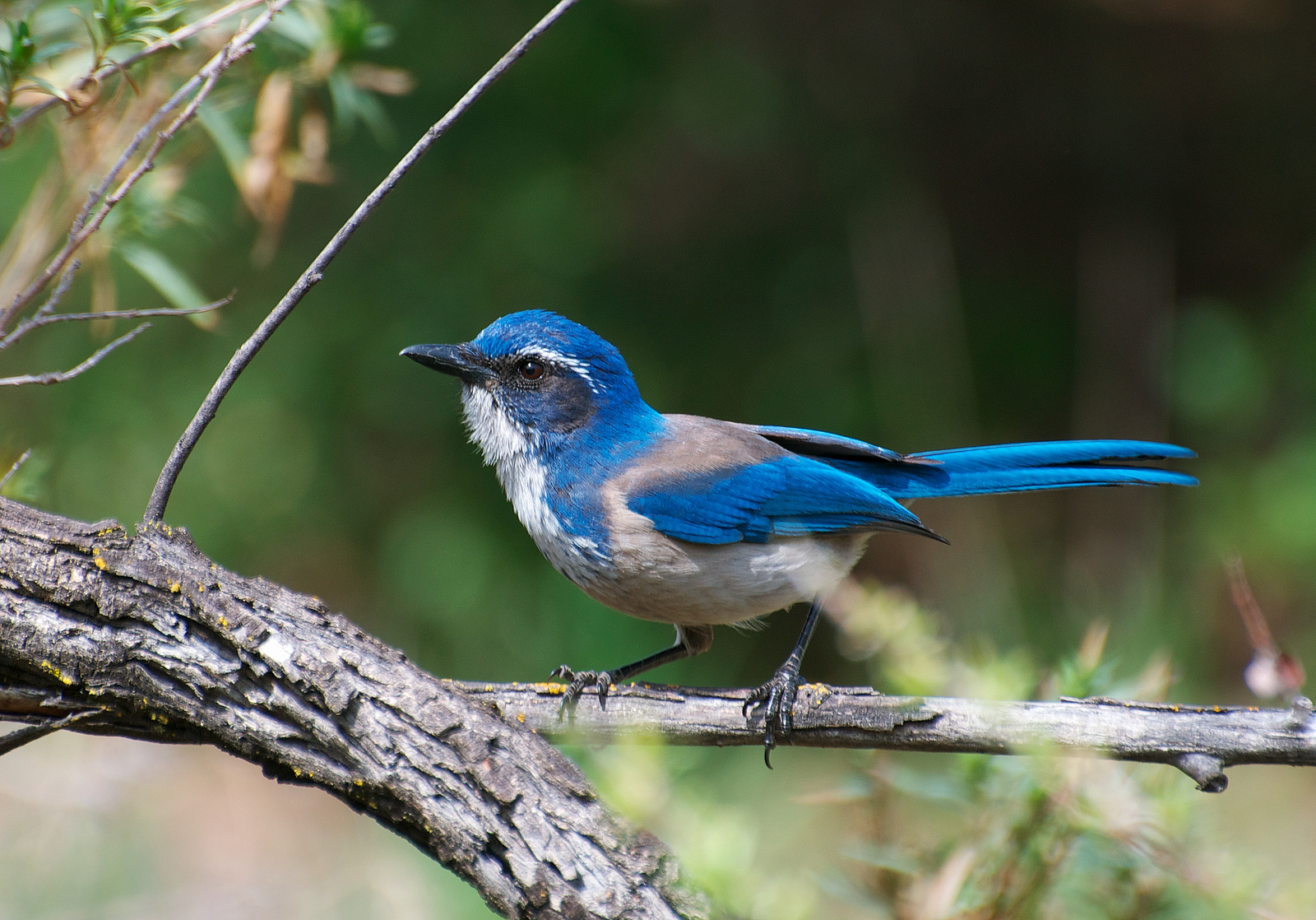



California Scrub Jay Celebrate Urban Birds
Note round head and small, straight bill Juveniles have spotting on their backs and chest with variable amounts of blue in the wings and tail Small thrush with a round head and belly Females are dull bluish gray above with varying amounts of blue on the wings and tailFind This Bird Blue Jays are most often detected by their noisy calls Near shorelines they migrate in loose flocks;Browse 2,023 blue jay bird stock photos and images available, or search for cardinal bird or robin bird to find more great stock photos and pictures Adult and Juvenile Blue Jays on Bird Feeder Vadnais Heights, Minnesota Male Blue Jay, Cyanocitta cristata, ground feeding in the fall




Blue Jay Audubon Field Guide




Blue Jay Wikipedia
Ageing sequence for birds After hatching, a young bird's first plumage is called "natal down" Juvenile (or juvenal) plumage – typically acquired while in the nest (except precocial spp) Prejuvenal (or postnatal) molt Prebasic I molt Basic I (winter)The Blue Jay's nest is a cup of twigs, weeds, grass, bark fibers, and other materials, and is typically placed in a crotch or fork of a tree Color greenish or blue in color with darker markings The young hatch at about 1618 days Young leave the nest (fledge) in another 1721 days, though continuing to associate with the adults for some time
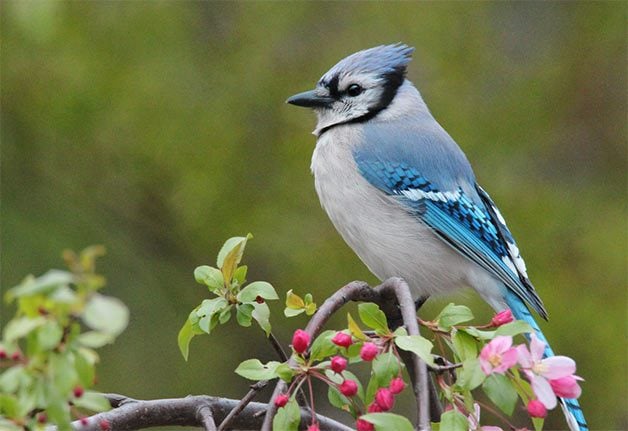



How To Identify And Attract Blue Jays Birds And Blooms



Blue Jay Having A Bad Hair Day New Jersey Bird Photos




Bird Watching And Identification Bird Feeding Birdzilla Com



Q Tbn And9gcseuh4kwuumqkckfsxdizglfspgx8hfd4cs35tlbl 7kqrwesye Usqp Cau




Appearance Blue Jay Cyanocitta Cristata Birds Of The World
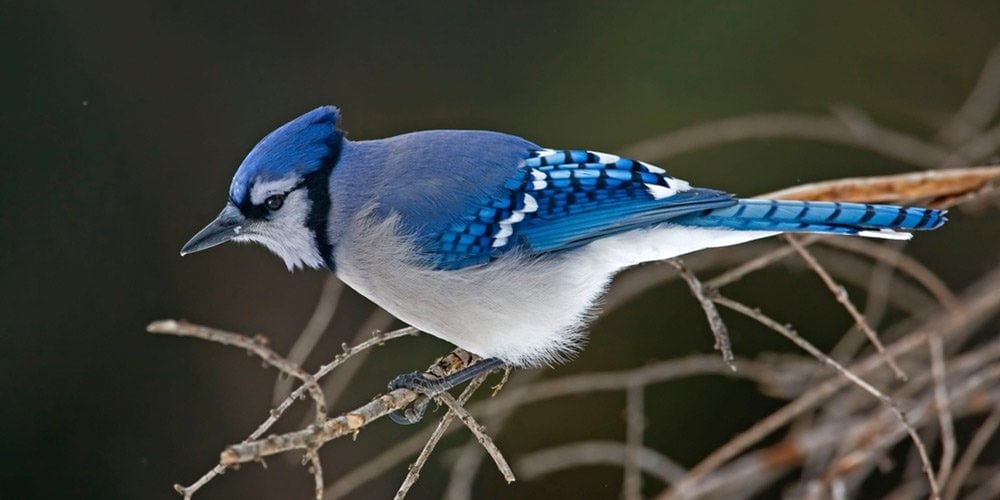



Blue Jays Birdwatching Facts Blue Jays Birds Birdinformer Com




Bird Watching And Identification Bird Feeding Birdzilla Com




Species Profile Blue Jay Nature S Clown Birdwatching
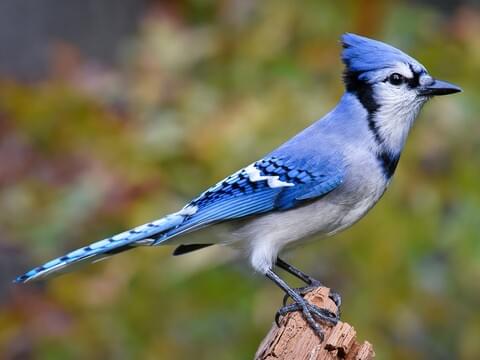



Blue Jay Identification All About Birds Cornell Lab Of Ornithology




How To Tell Blue Jays Apart From One Another Youtube
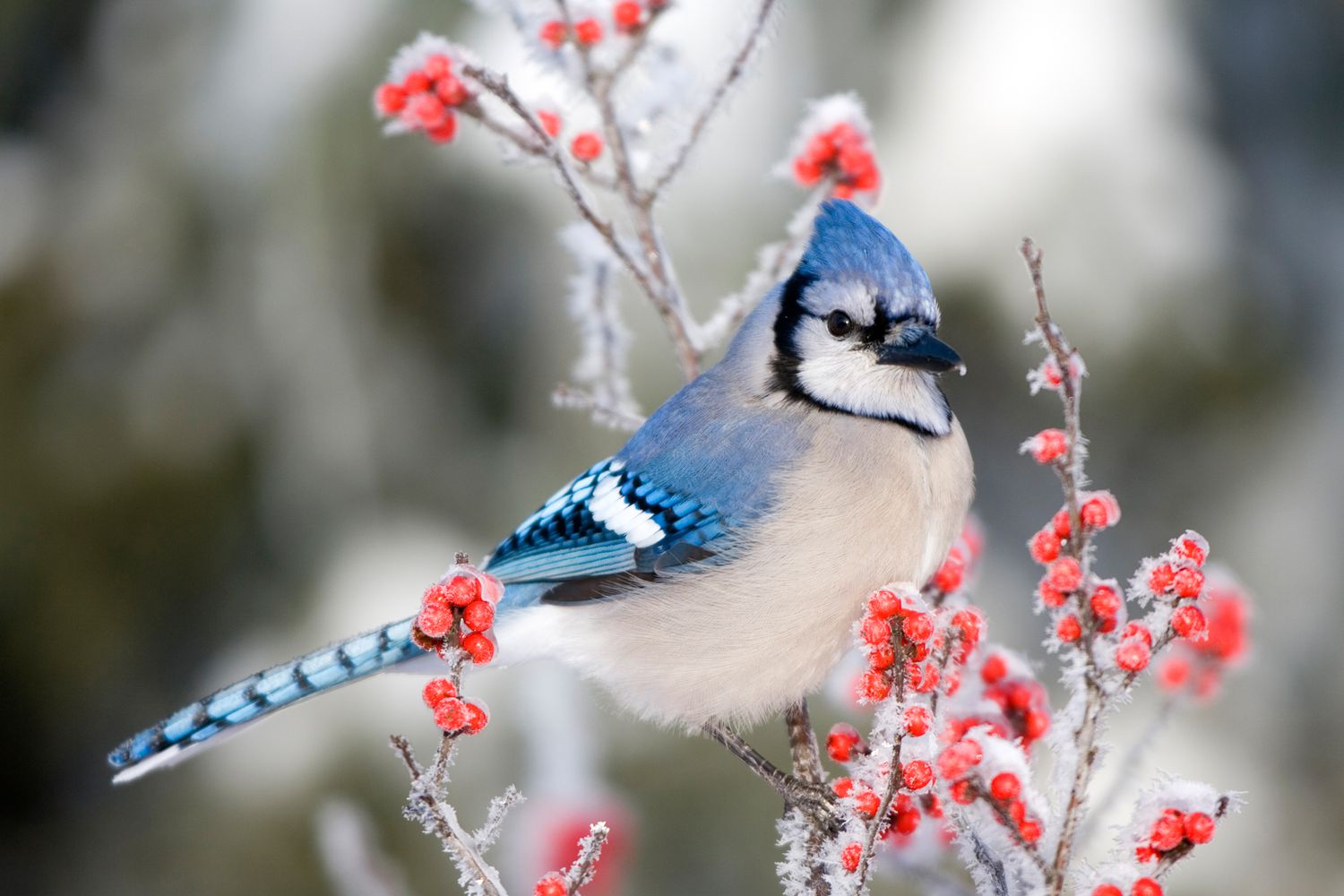



The Most Common Backyard Birds You Ll See During The Winter Martha Stewart



Lifecycle Blue Jay



Interesting Facts About Blue Jays Just Fun Facts




What Do Baby Blue Jays Eat Bird Feeder Hub



Blue Jay The Texas Breeding Bird Atlas




Bluejay Symbolism Meaning Bluejay Spirit Totem Power Animal



California And Woodhouse S Scrub Jay Identification Surfbirds
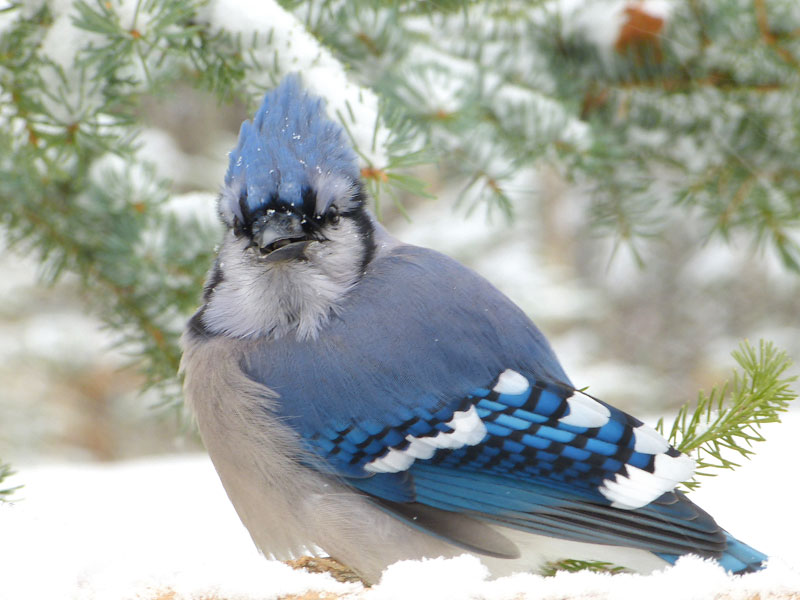



Hinterland Who S Who Blue Jay
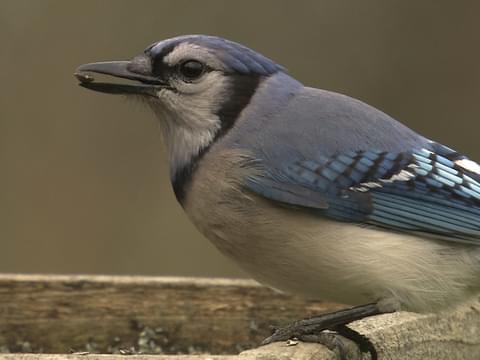



Blue Jay Identification All About Birds Cornell Lab Of Ornithology




Why Blue Jays Are Such Noisy Birds




Blue Jay Bird Watching Academy
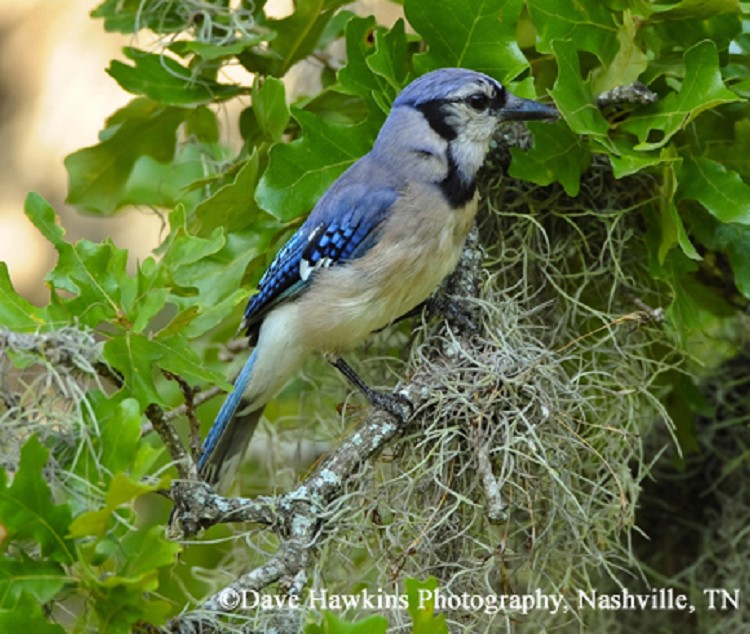



Tennessee Watchable Wildlife Blue Habitat Forest
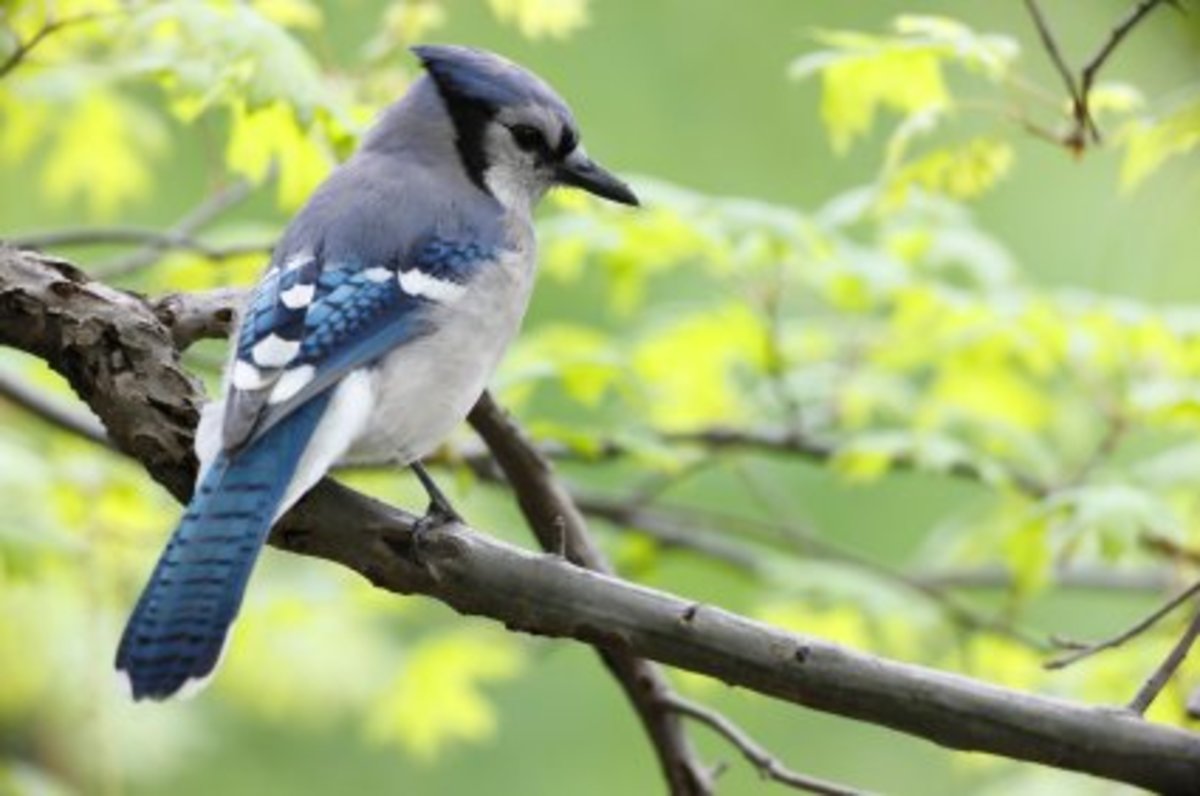



Blue Jays Clever Mimics Of The Bird World Owlcation



Juvenile Blue Jay Birds Animals Pixoto



Blue Jay National Geographic
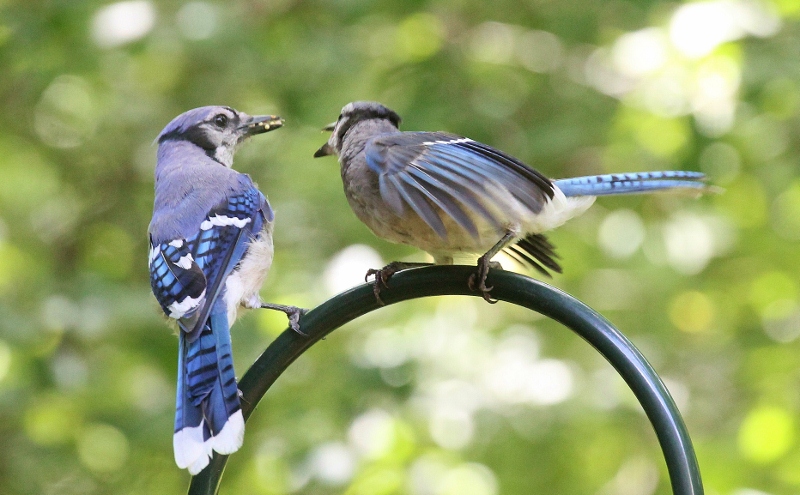



Juvenile Birds Nature Is My Therapy




Blue Jay Male Or Female Bird Watching Hq




Fledgling Blue Jay Bird Photos Free Royalty Free Stock Photos From Dreamstime




What Do Blue Jays Eat How To Attract These Stunning Birds
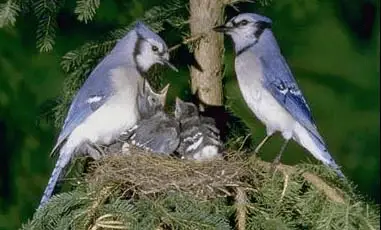



Difference Between Male And Female Blue Jays Difference Guru




Blue Jay Description Habitat Image Diet And Interesting Facts




How To Tell A Male From A Female Blue Jay Blue Jay Blue Jay Bird Bird Photography
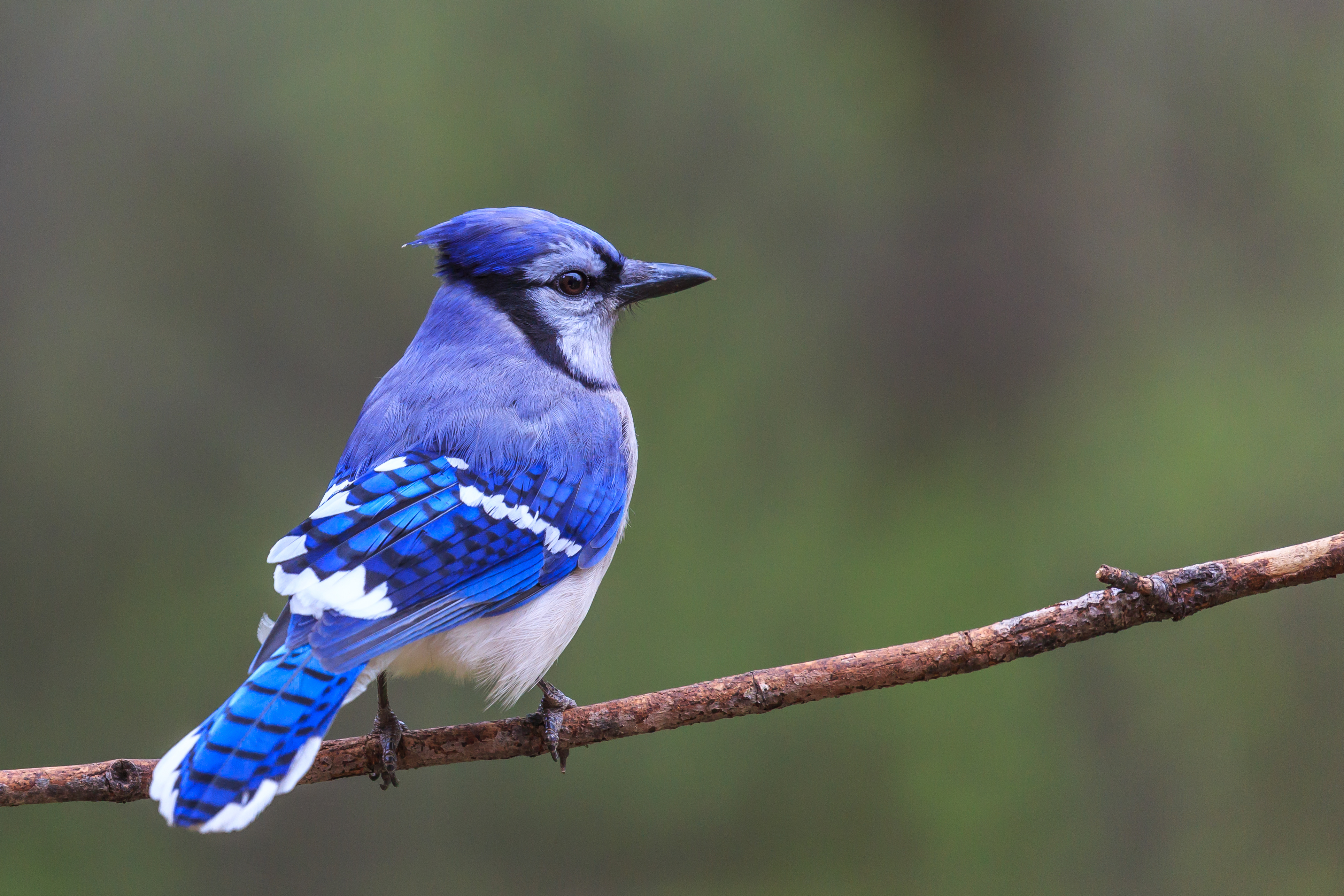



How To Tell A Male From A Female Blue Jay



Blue Jay National Geographic
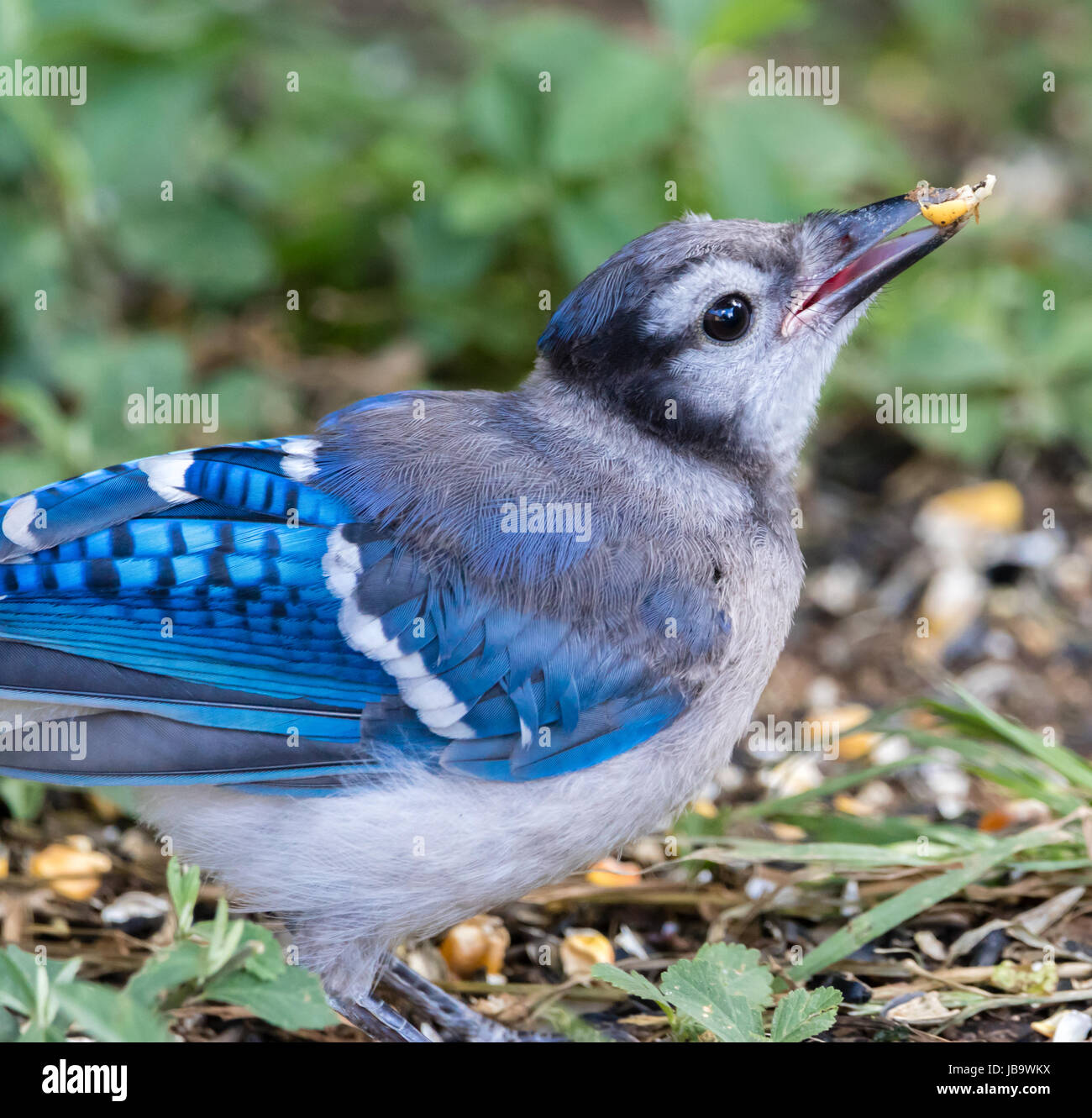



Young Blue Jay High Resolution Stock Photography And Images Alamy



Blue Jay
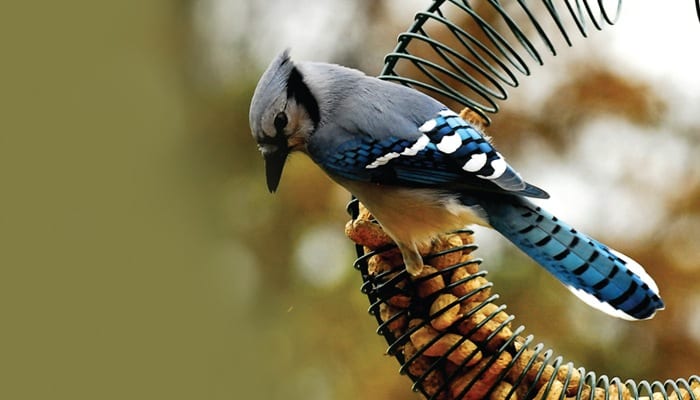



All About Jays And How To Attact Them Wild Birds Unlimited Wild Birds Unlimited
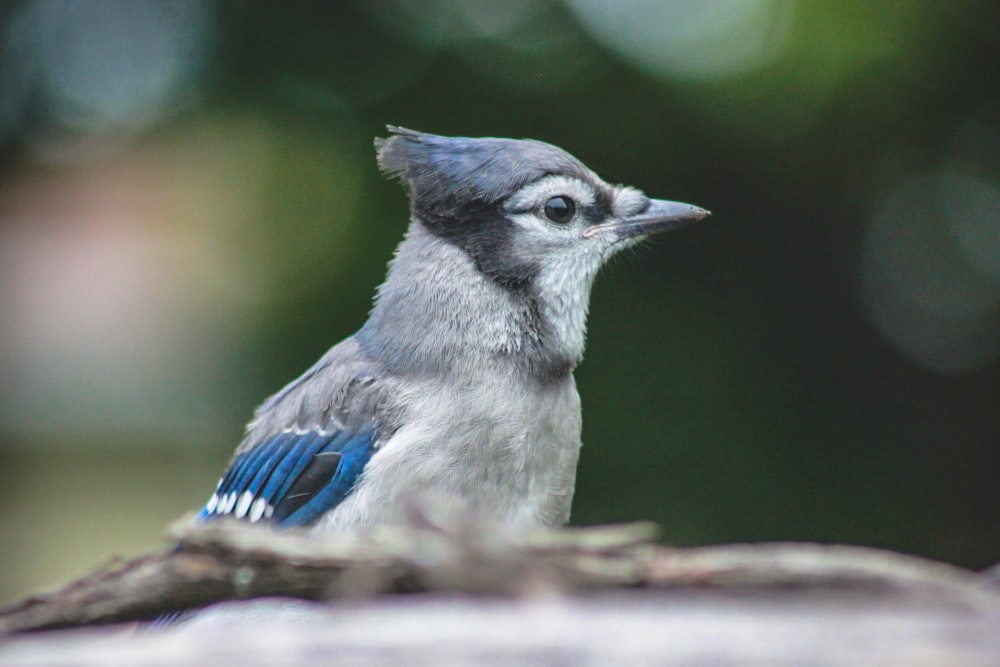



Bluejay Pictures Download Free Images On Unsplash



How To Raise A Blue Jay As A Pet Quora
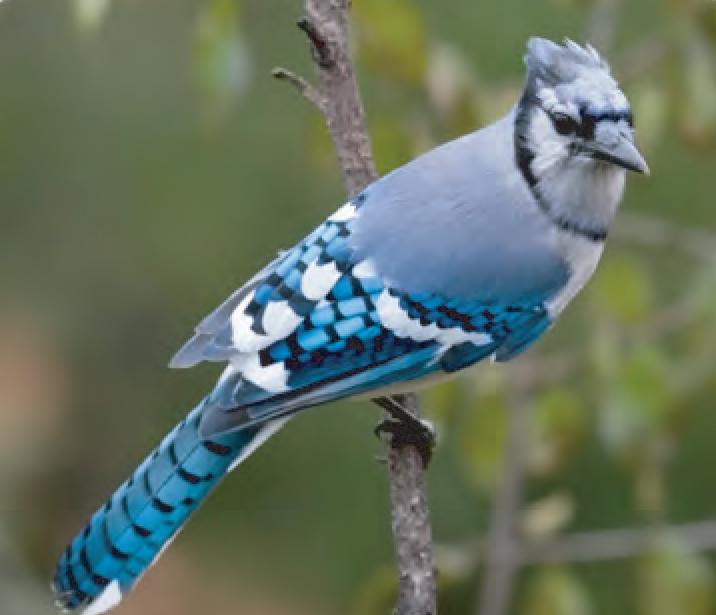



Animal Facts Blue Jay Canadian Geographic



Why Is That Bird Bald Birdwatching
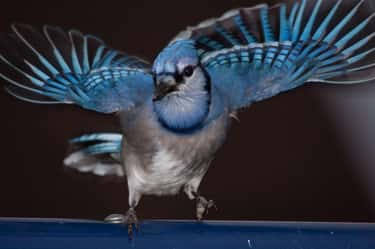



Blue Jays May Be Cute But They Re Airborne Jerks Of The Highest Order
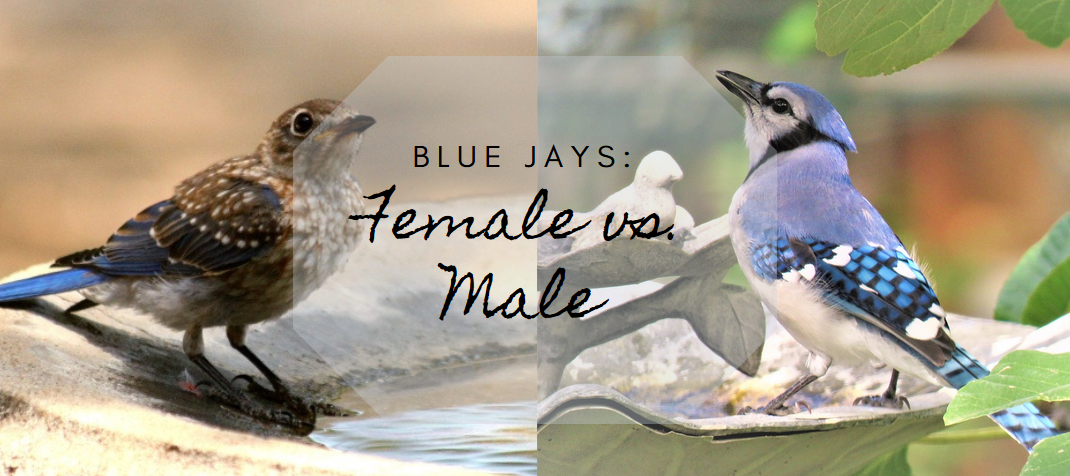



How To Distinguish A Female Blue Jay Bird From A Male Science Trends




Shoreline Area News For The Birds Do You Really Have A Blue Jay In Your Yard




Appearance Blue Jay Cyanocitta Cristata Birds Of The World
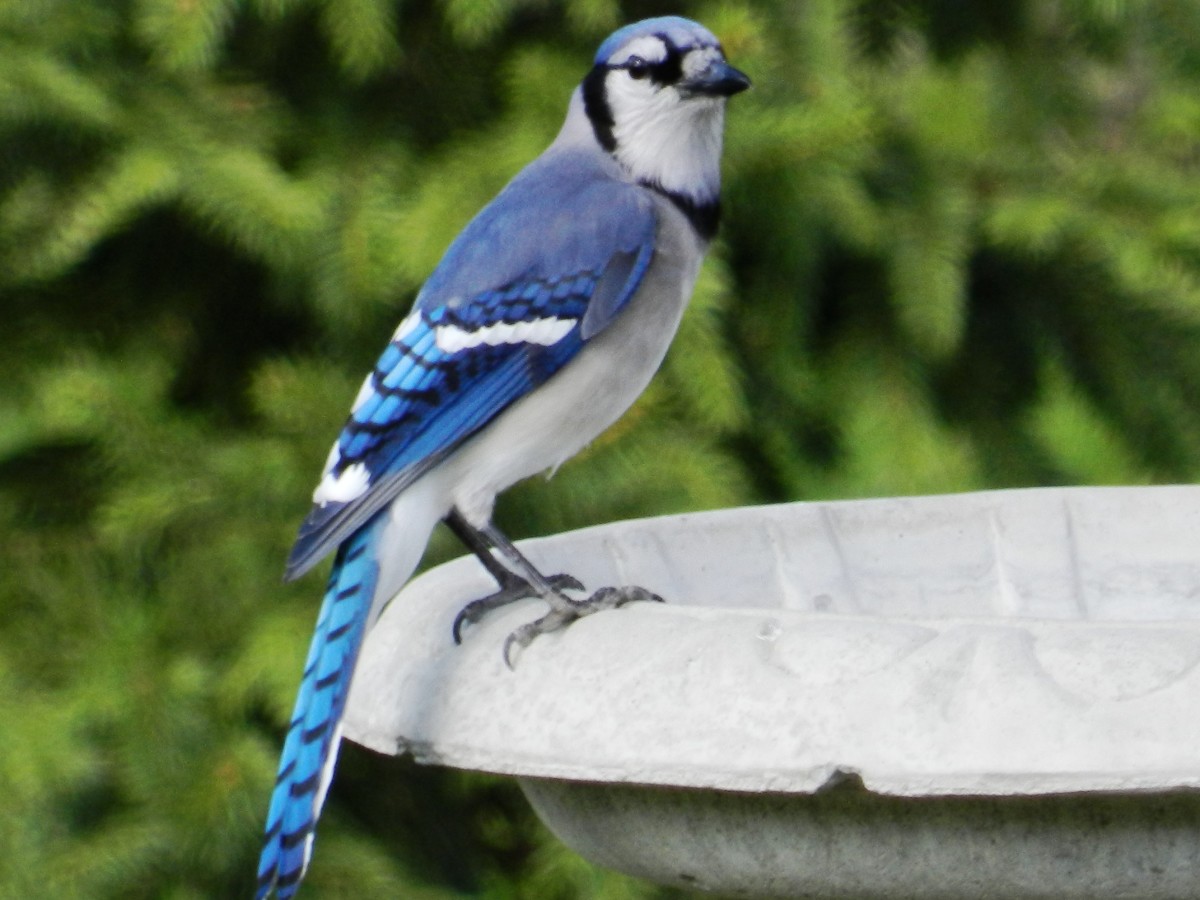



Blue Jay Facts Pictures And Behavior Owlcation



Q Tbn And9gcqnmkcibw9lxevelkrcuanxvhnf6bltlw Diudqcr Kx9eajuel Usqp Cau




Blue Jays Cyanocitta Cristata Beauty Of Birds
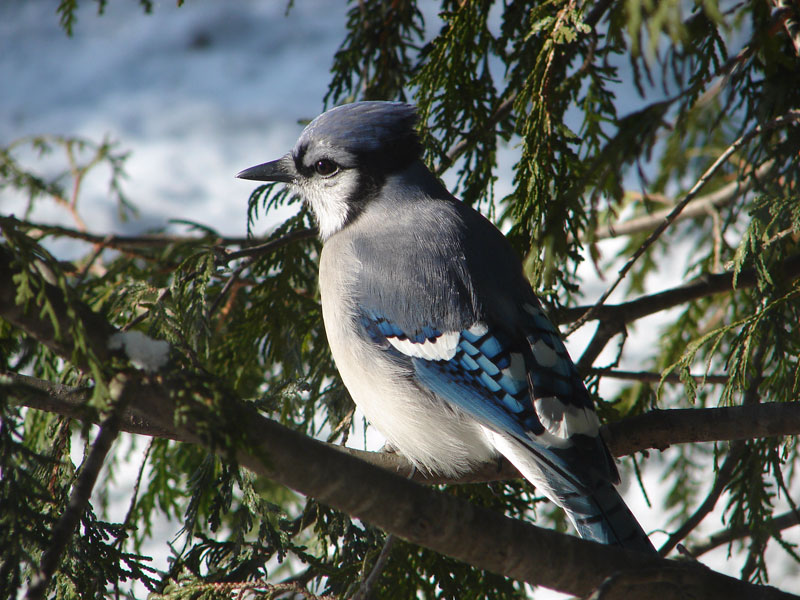



Hinterland Who S Who Blue Jay




2 027 Blue Jay Bird Photos And Premium High Res Pictures Getty Images
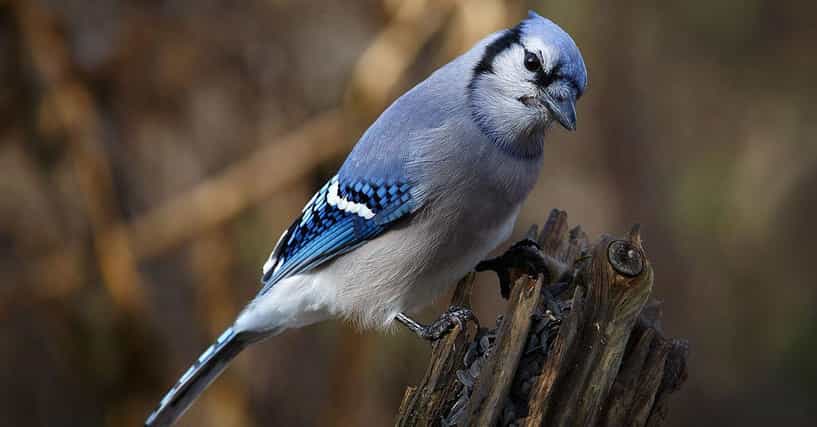



Blue Jays May Be Cute But They Re Airborne Jerks Of The Highest Order
/blue-jay-2-5991e6b0c412440011b66974.jpg)



Blue Jay Wild Birds
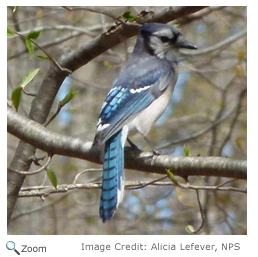



Blue Jay Cyanocitta Cristata Natureworks



Foe Or Friend Blue Jays Provide An Important Service To Other Wildlife




World Of Birds Many Rare Sightings As Young Begin To Take Flight Ottawa Citizen




California Scrub Jay Audubon Field Guide
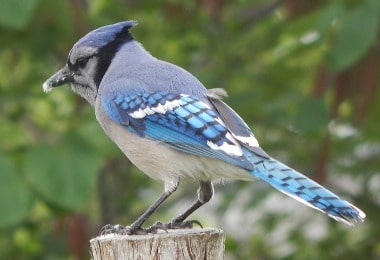



Blue Jay Bird What Do They Eat Where Do They Nest
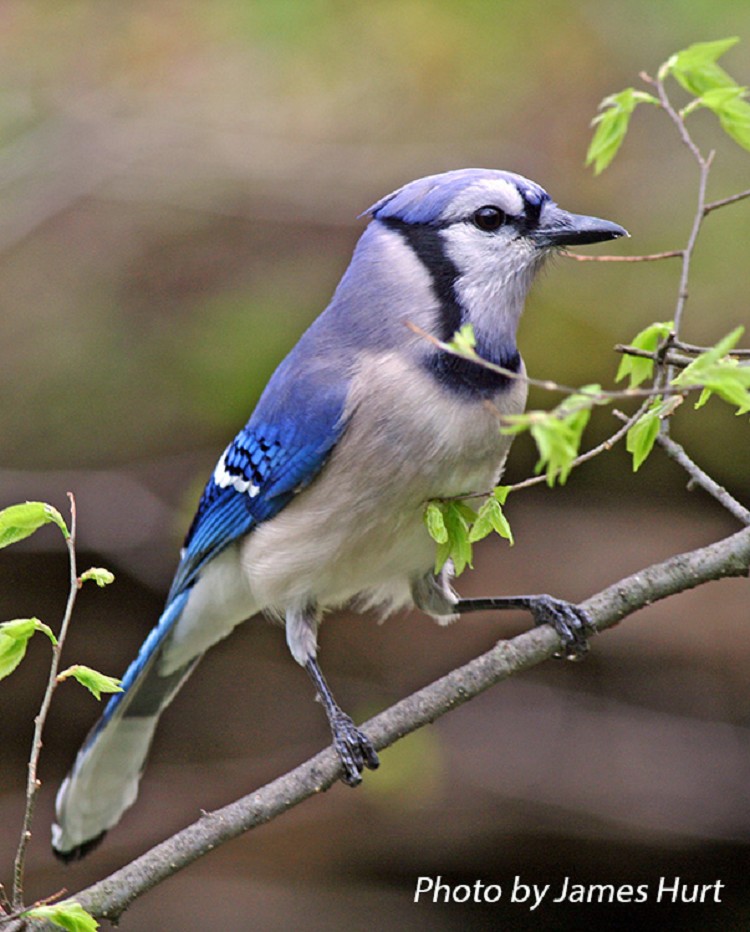



Tennessee Watchable Wildlife Blue Habitat Forest




Juvenile Blue Jay Feederwatch




How To Tell Male And Female Blue Jays Apart Is It Even Possible Youtube
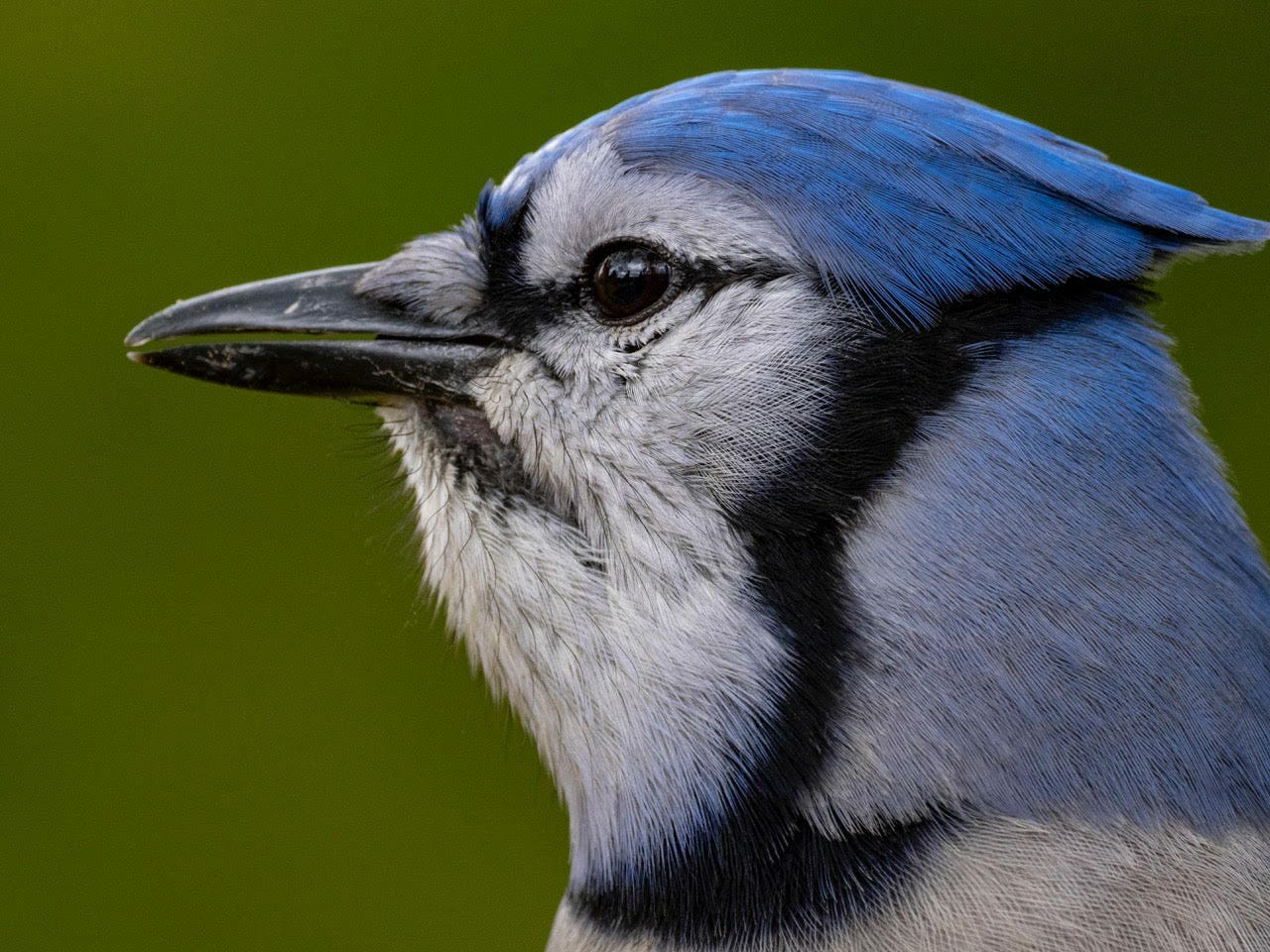



How Long Do Blue Jays Live Learn Their Life Cycle Birdwatching Buzz




Blue Jay Bird Watching Academy
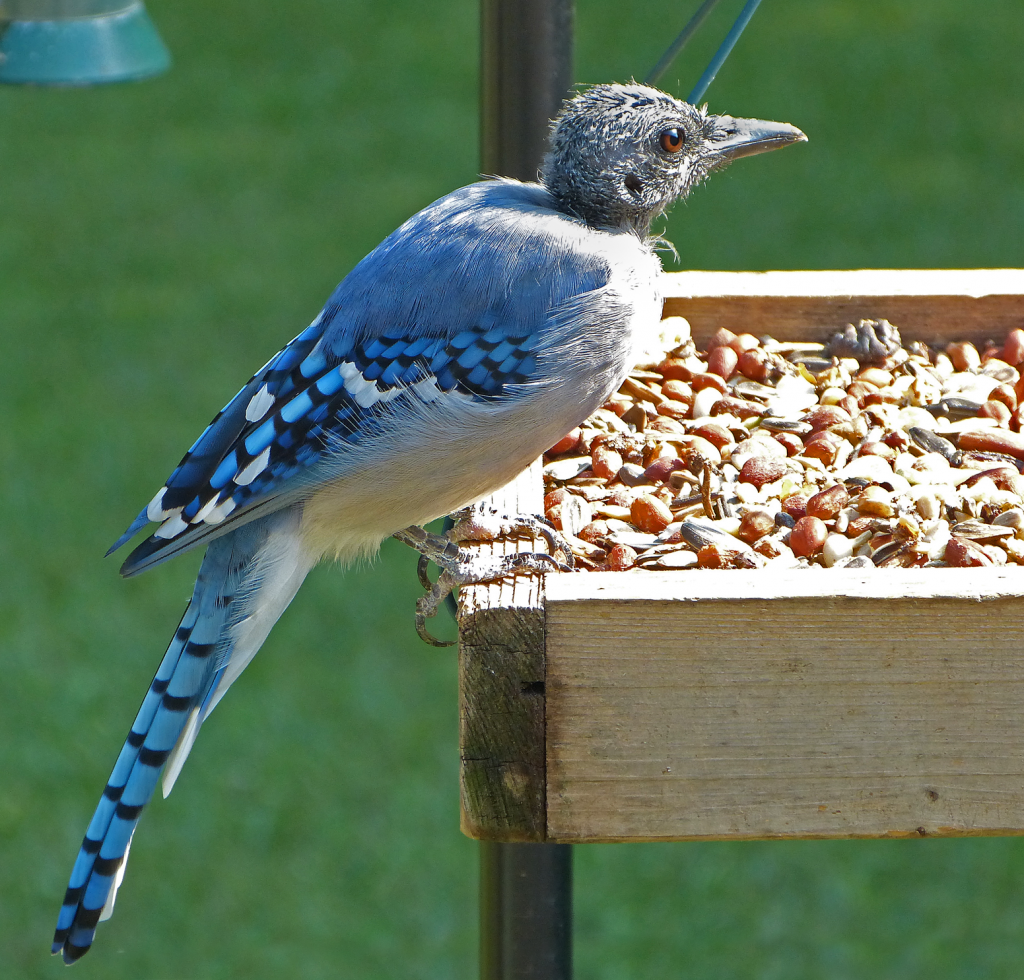



Bald Stage Of A Molting Blue Jay Feederwatch




Juvenile Blue Jay Birdwatching



Blue Jay
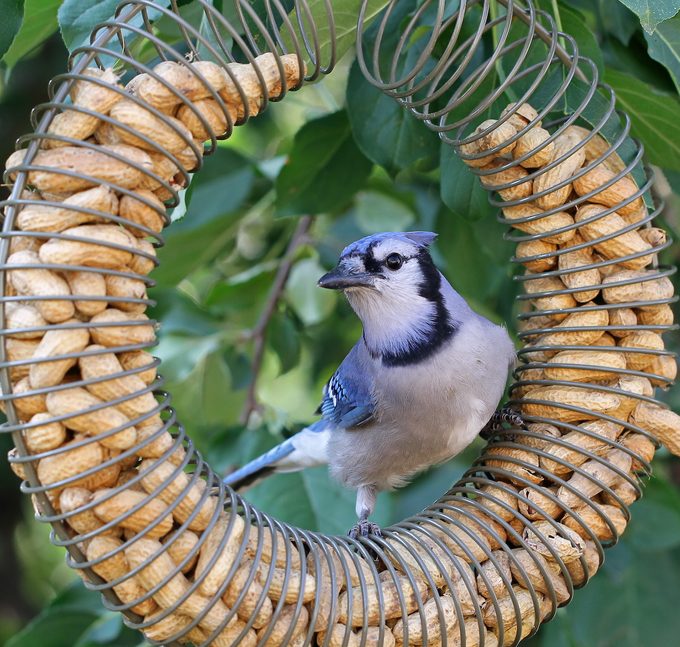



How To Identify And Attract Blue Jays Birds And Blooms
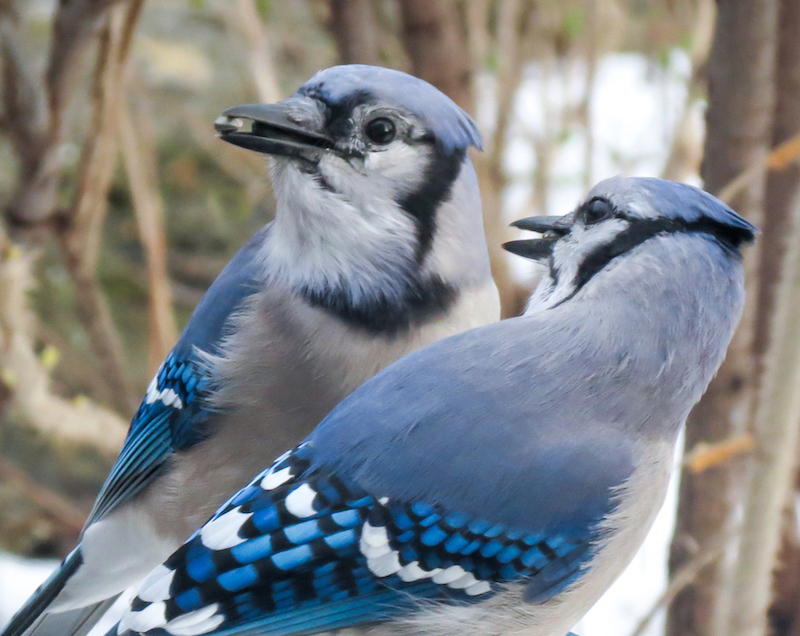



Do Male And Female Birds Always Look Different Birdnote



Blue Jay Fledglings The Washington Post
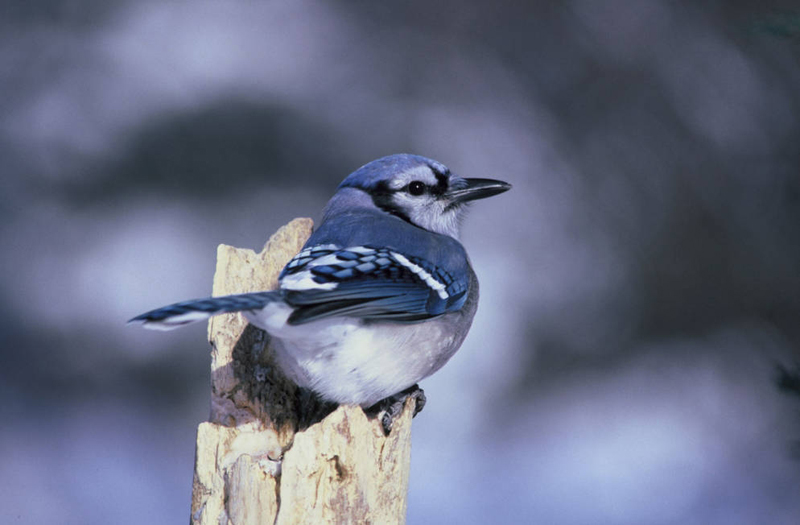



Blue Jay Cyanocitta Cristata Natureworks
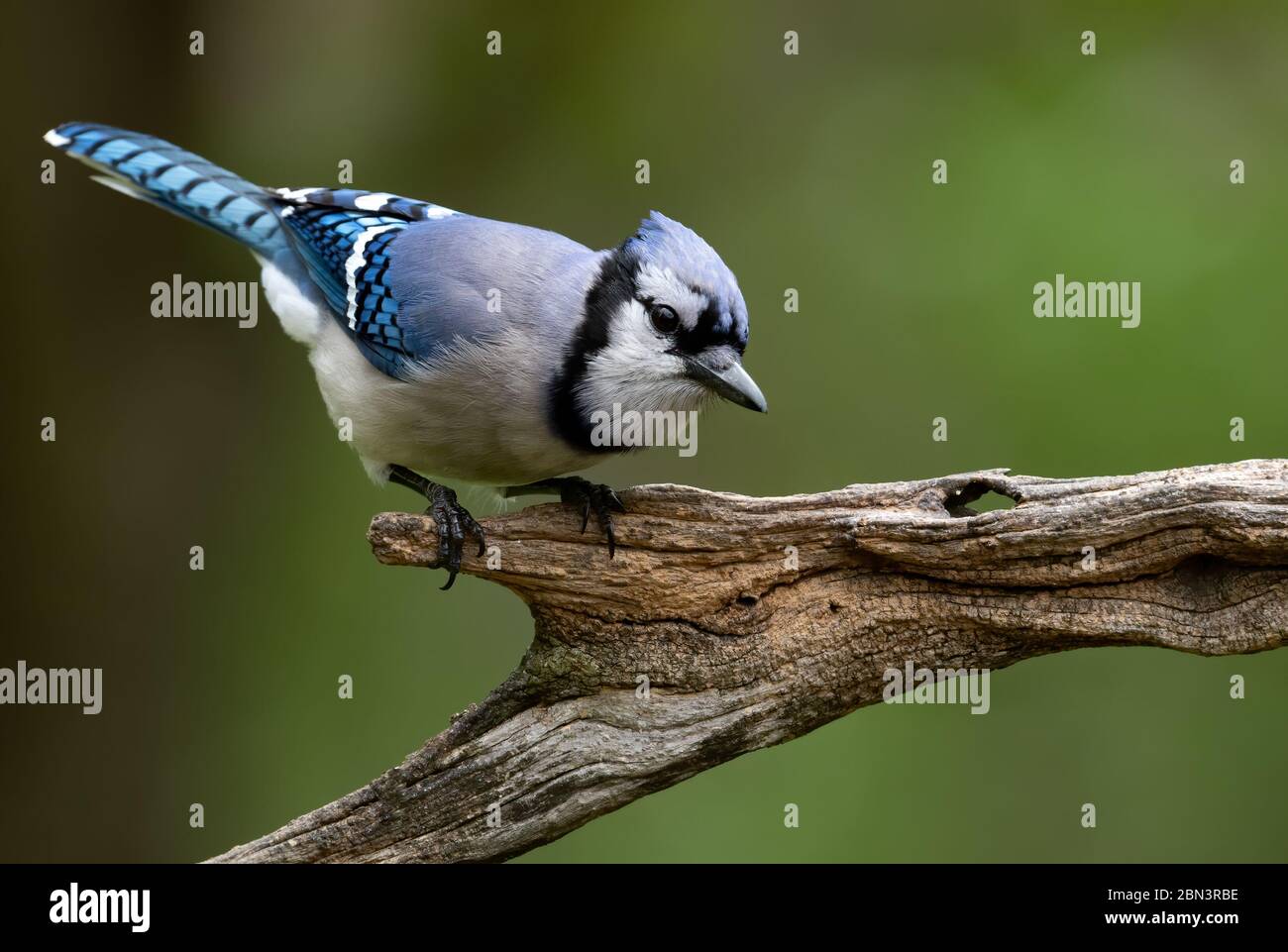



Young Blue Jay High Resolution Stock Photography And Images Alamy
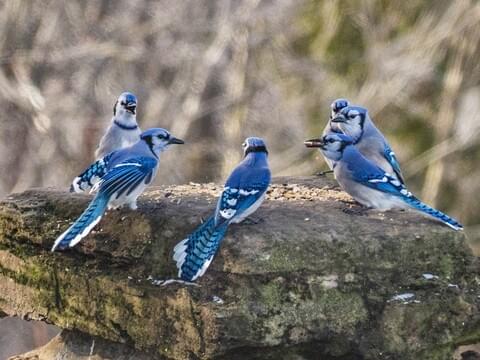



Blue Jay Identification All About Birds Cornell Lab Of Ornithology
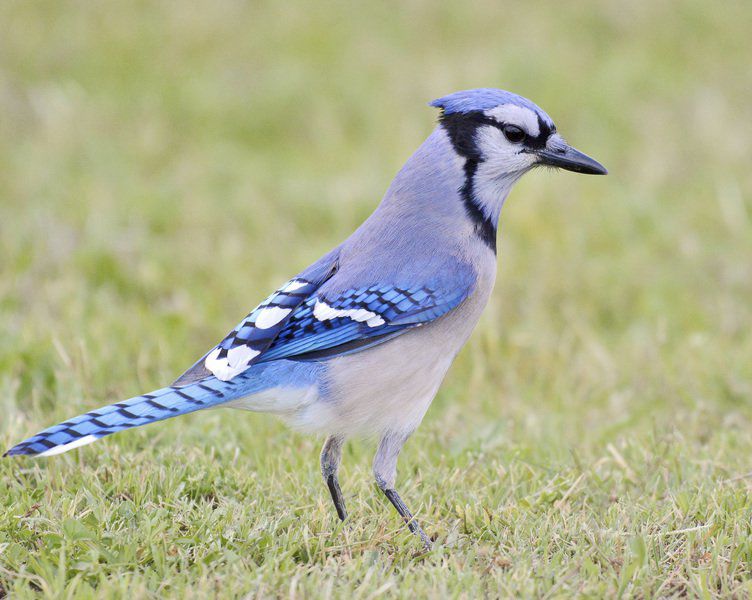



Randy S Natural World Lifestyles Theadanews Com
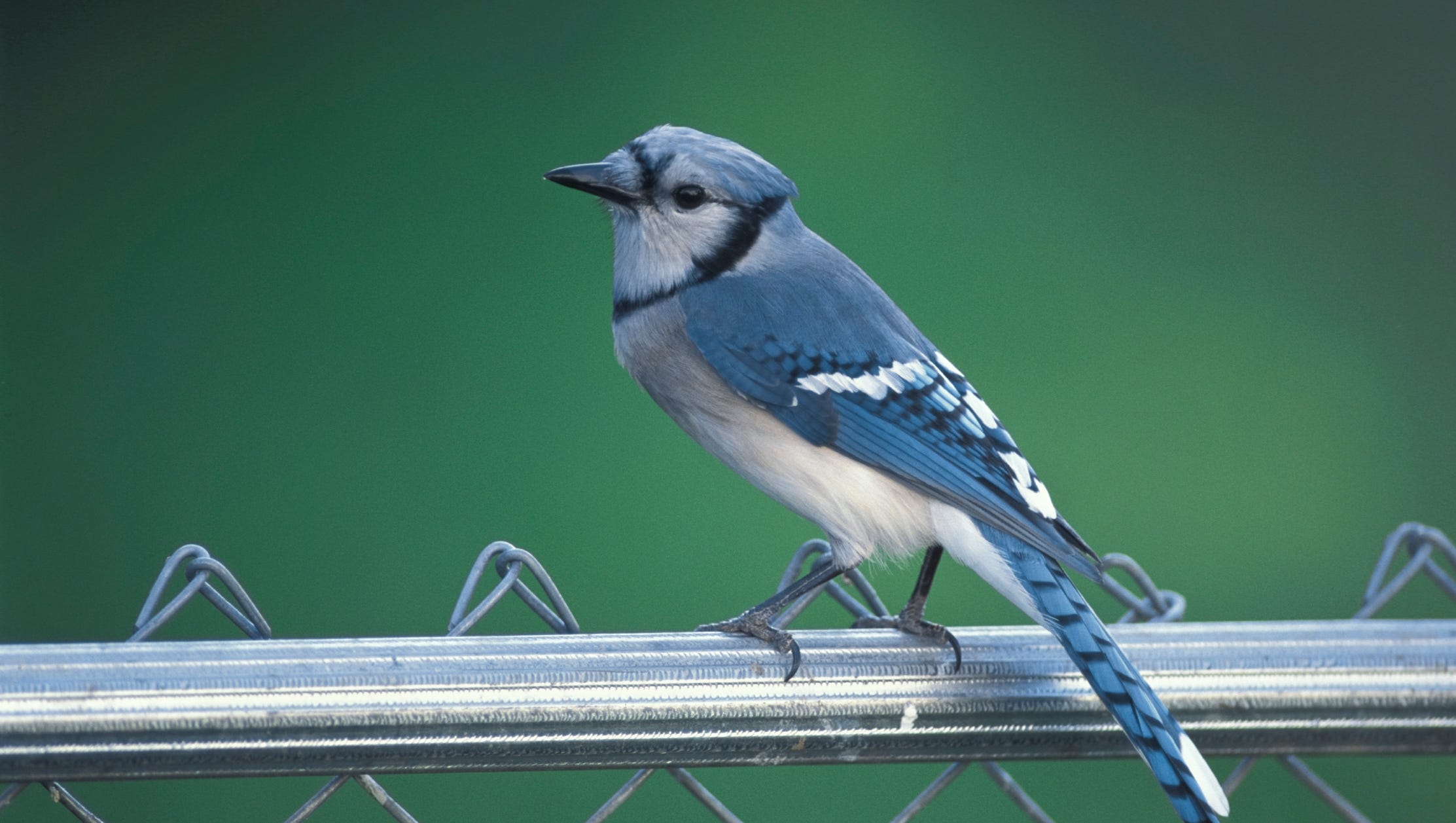



Critter Of The Week Blue Jay
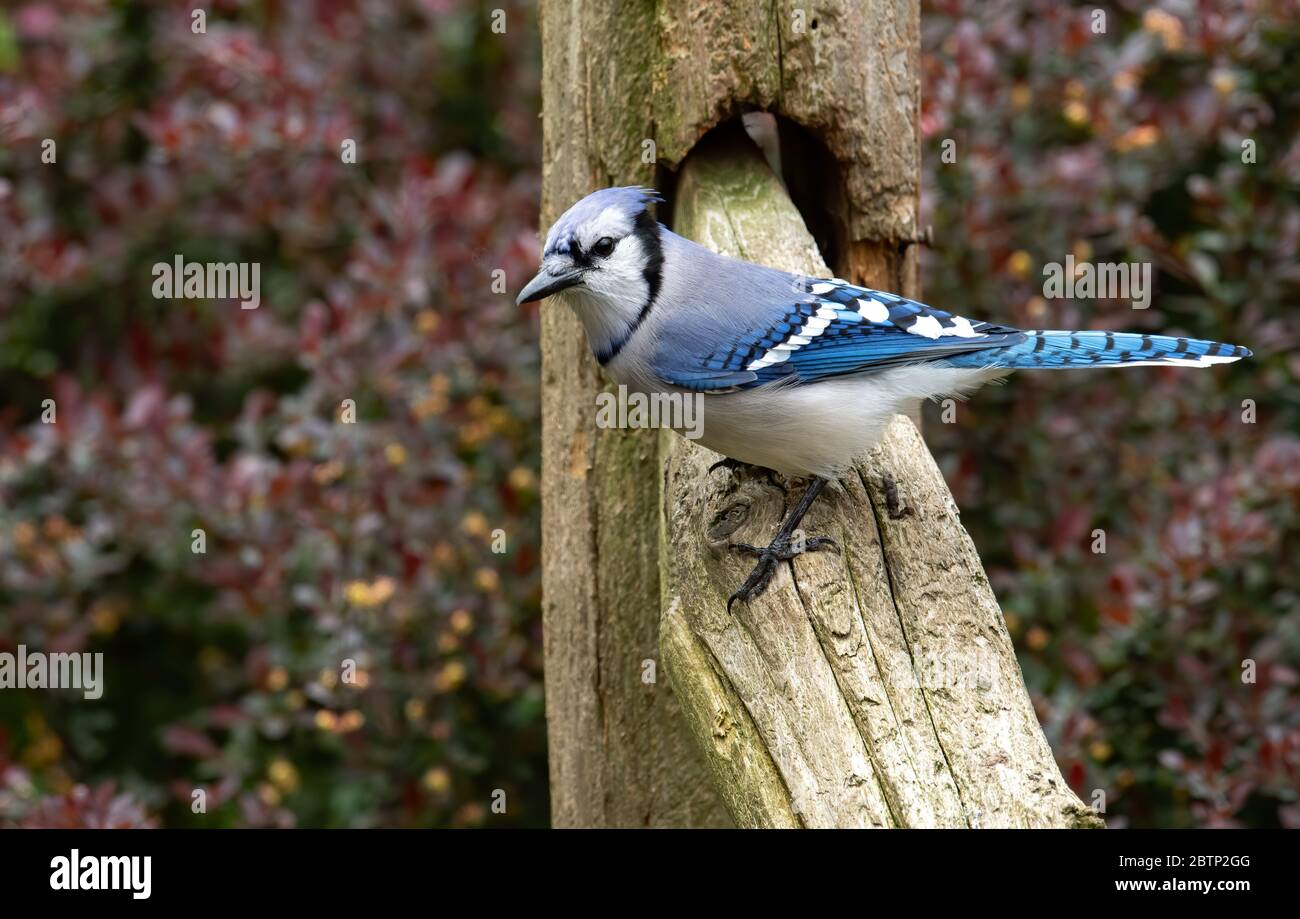



Young Blue Jay High Resolution Stock Photography And Images Alamy
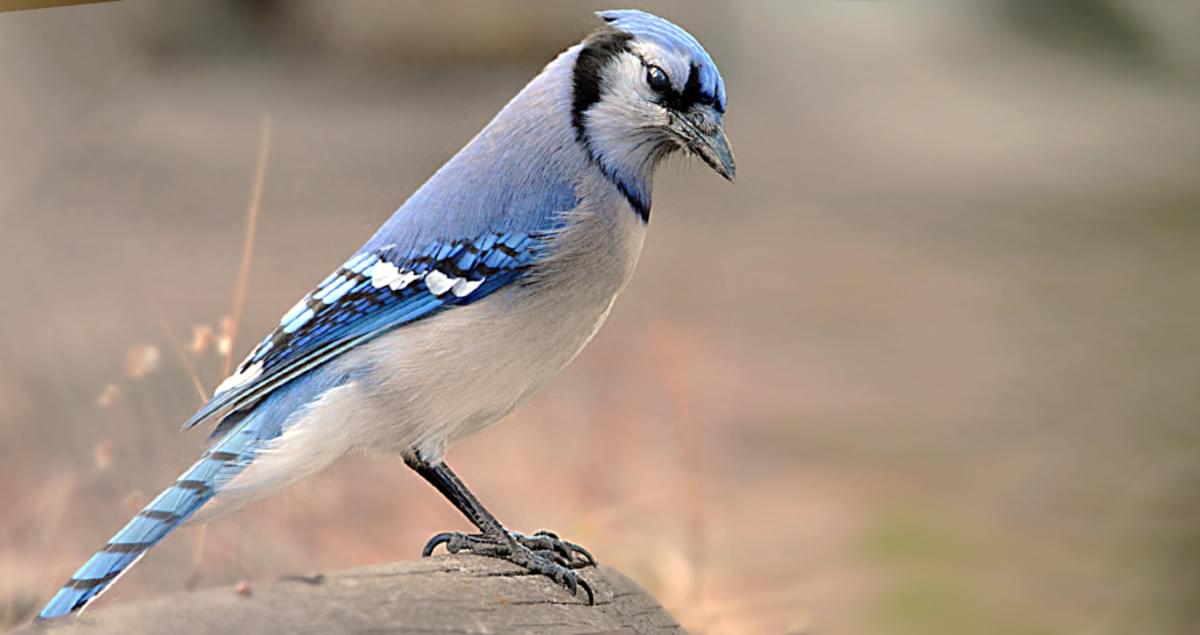



Blue Jay Identification All About Birds Cornell Lab Of Ornithology



3
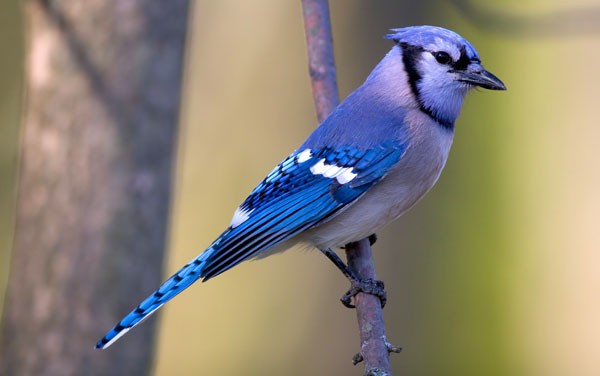



Blue Jay Animal Symbolism And Meanings Whats Your Sign Com



Blue Jay



0 件のコメント:
コメントを投稿